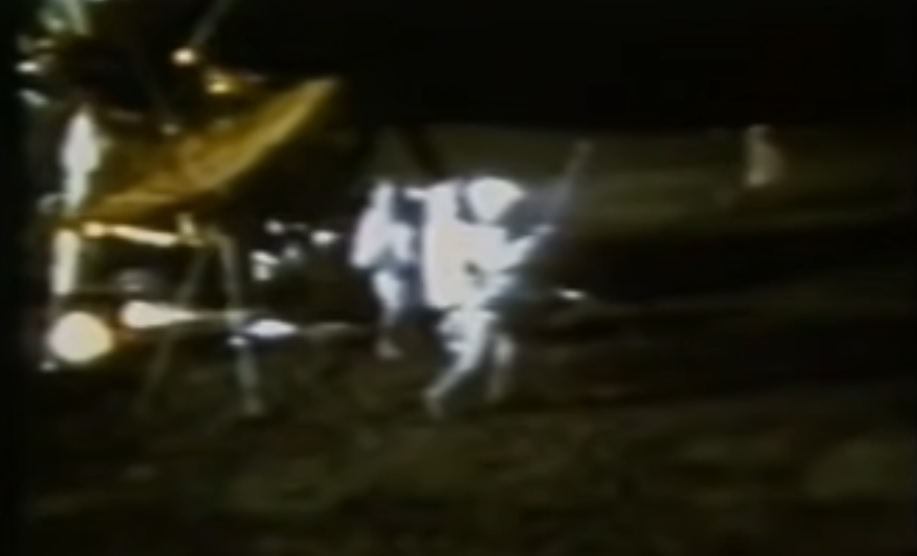Today in 1923 the birthday of Alan Shepard, the first American in space, and the first person to ever play golf on the Moon.
Shepard was one of the Mercury Seven, the very first American astronauts.
He was the first one to go into space in 1961.
While Soviet cosmonaut Yuri Gagarin got there 23 days before Shepard did, his spacecraft was essentially on autopilot; Shepard actually did some of the flying.
Shepard’s historic mission was almost his last; he developed an inner ear condition that gave him dizzy spells and vertigo.
He got corrective surgery and was cleared to return to the astronaut corps in 1969.
NASA chose Shepard to lead the Apollo 14 mission in early 1971, and the veteran astronaut had an idea on how to make his trip to the moon a memorable one.
The year before, NASA had given a tour to Bob Hope.
The comedian famously carried a golf club around with him pretty much everywhere, including a training simulator that helped astronauts practice walking in the much lighter lunar gravity.
Shepard realized that hitting a golf ball could demonstrate the Moon’s gravity for all those watching his mission on Earth.
But bringing an actual golf club on the tiny lunar module wasn’t going to work.
He worked with some NASA engineers and a golf pro in Houston to add the head of a 6-iron to a collapsible tool meant to collect Moon samples.
Shepard brought golf balls in a sock; after the launch, after the landing and after the rest of the Apollo 14 mission had gone successfully, he put his plan into effect.
He unfolded his makeshift club and brought out the golf balls.
The space suit was too bulky for Shepard to swing his club the usual way, so he had to swing with just one arm.
After a few unsuccessful tries, he made contact.
Shepard said the ball went “miles and miles,” or, technically, several hundred yards.
Still, his gravity demonstration was a big hit on Earth, even if hitting a follow up shot would’ve been tough.
As Shepard put it, “the Moon is one big sand trap.”
When night falls tonight in the northern Alaska town of Utqiaġvik, also known as Barrow, it’s going to linger.
This is the point in the year when the polar night begins – the sun stays below the horizon, so they won’t see the sun rise again for more than 60 days.
They do make up for it with extra sunshine in the summer.
The Moon Club (USGA)
America’s northern most town entered polar night Thursday (WHSV)
Help us get to the green as a backer on Patreon
Screenshot from NASA

